Making a Living
Life in Flamingo has always revolved around exploiting what nature offers in the area. In the late 1800s, hunting and fishing provided the few Flamingo residents with a reliable living. In the early 1900s, Flamingo began to boom thanks to the popularity of the bird plume industry. By 1903, egret plumes were twice as valuable as gold. In the Flamingo area, plume hunters targeted mainly heron, great egret, and snowy egret rookeries for their feathers, which adorned ladies hats and other clothing thought fashionable at the time. But over time, economic, environmental, and political changes forced residents to adapt their strategies and to become more intensive, even with small industry like a tanning factory.
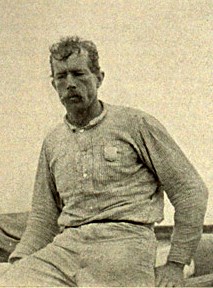
As public opinion turned against the plume trade, conservationists worked to protect the birds from hunters. Flamingo resident Guy Bradley was a former plume hunter turned game warden in South Florida. On July 8, 1905, while investigating gunshots close to his home in Flamingo, he was killed by poachers.
To honor his legacy, the National Park Service has named the renovated visitor center in Flamingo after Bradley.
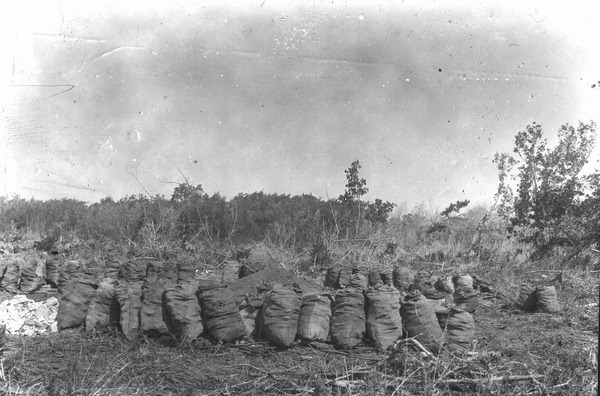
Florida Memory (SM2211, public domain)
H.C. Lowe, for instance, farmed potatoes and made charcoal using trees in the area. As depicted in this photo, the charcoal briquets were bagged and loaded onto ships destined for the stoves of residents in Key West.
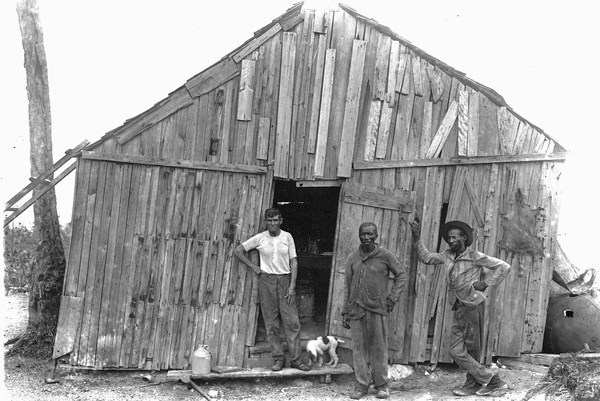
Florida Memory (SM0972, public domain)
Though the charcoal burners in this photograph lived across Florida Bay on Big Pine Key, their "hut" demonstrates the simple way of life in May 1919 and the racial diversity of residents in South Florida and the Keys. Other photographs of charcoal production around Cape Sable on the mainland depict even simpler structures of poles supporting a thatched roof, similar to the chickees of today.
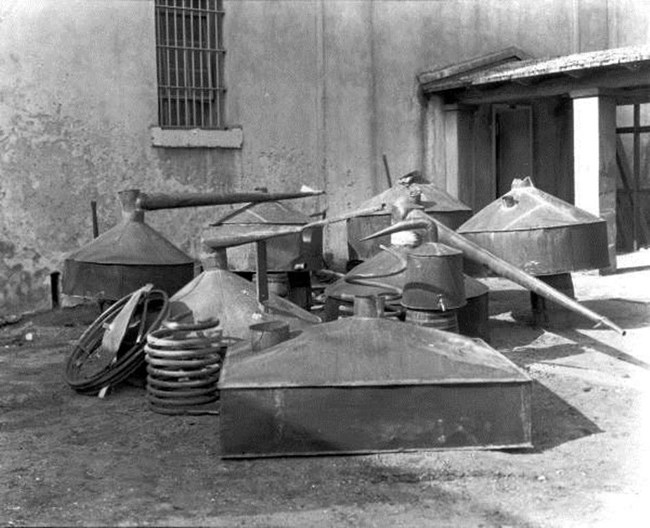
Florida Memory (SP00155F, public domain)
Trading and fishing endured to help Flamingo survive, despite the town's isolation. During Prohibition in the 1920s and 1930s, Flamingo benefited from whisky smuggling from nearby Caribbean islands. At least a few South Florida residents used their relative isolation to make a living by distilling alcohol using products similar to the stills shown here.

NPS photo (EVER 15081)
By the 1940s, Flamingo residents relied heavily on commercial fishing to make their living. During World War II, an estimated 1.5 million pounds of fish was trucked from Flamingo to Miami each year. Almost all the residents listed in the 1940 federal census listed fishing as their occupation.

NPS photo (EVER 17328)
CHALLENGES OF LIVING IN FLAMINGO
-
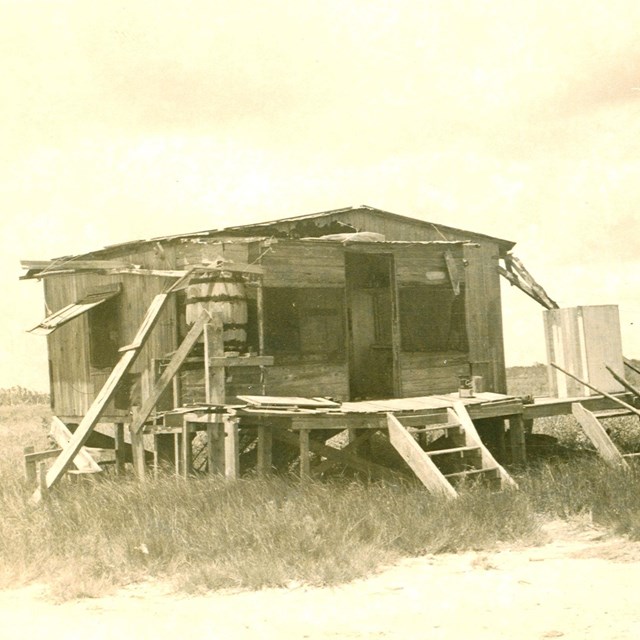 Isolation
IsolationSimple structures like this dotted the landscape in the Flamingo area in the first half of the 1900s.
-
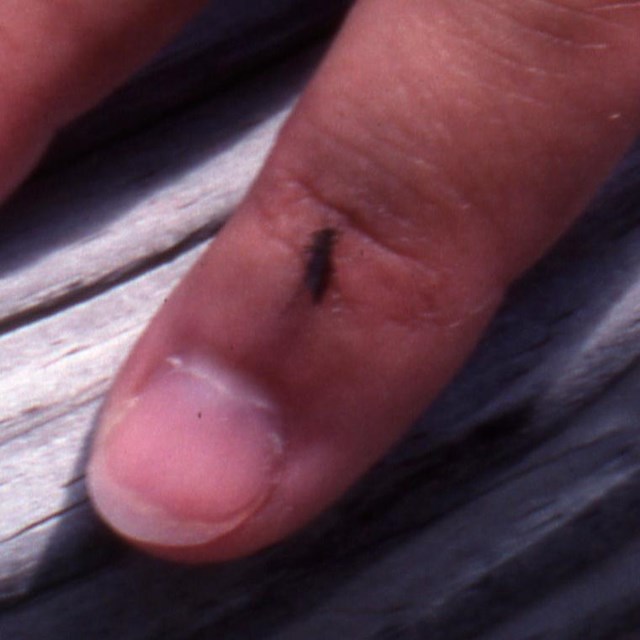 Mosquitoes
MosquitoesMosquitoes have plagued humans for as long as humans have tried to live along Florida Bay.
-
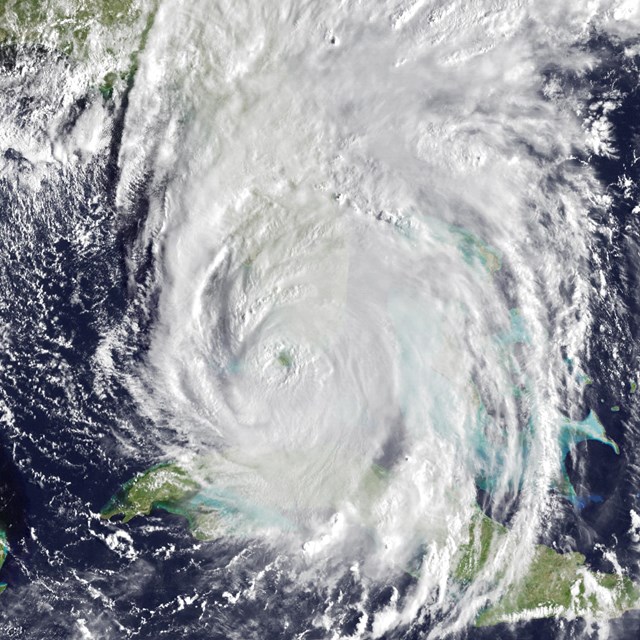 Tropical Weather
Tropical WeatherHurricanes sweep across South Florida, leaving trails of destruction.
-
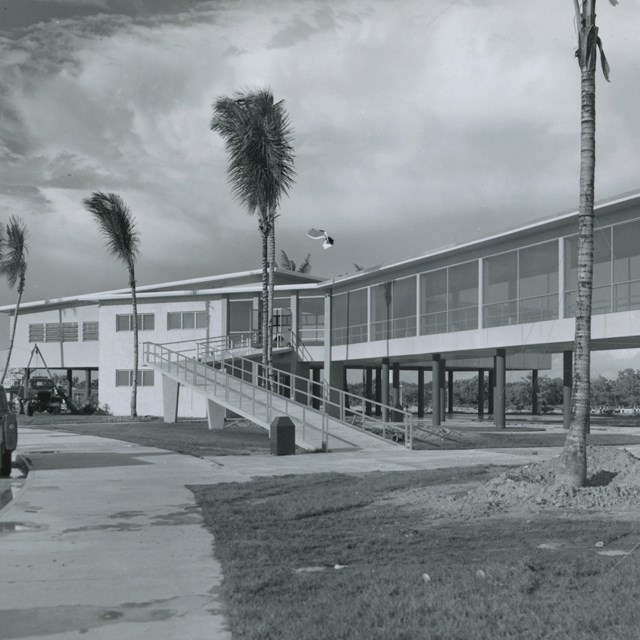 The NPS in Flamingo
The NPS in FlamingoThe National Park Service transforms life in Flamingo after Everglades National Park is dedicated in 1947.
Last updated: July 16, 2024
